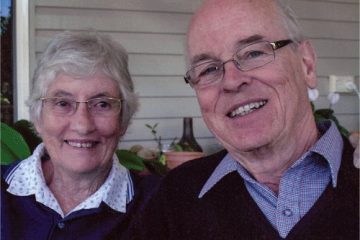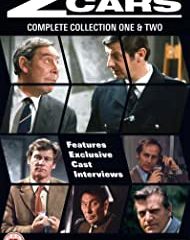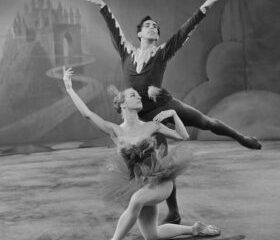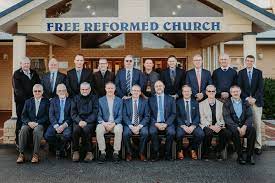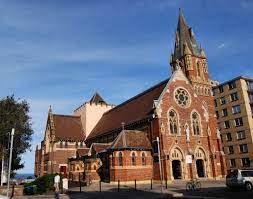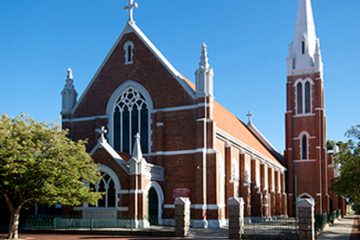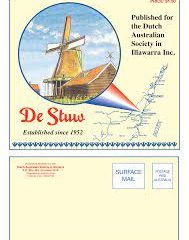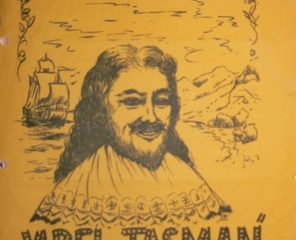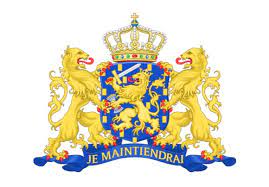Professor Reinhard van Steveninck and Dr. Margaret Elva Van Steveninck- plants and soil scientists
Emeritus Professor Reinhard (Ted) Ferdinand Mathias Van Steveninck was a plant physiologist born on 28 July 1928 in Indonesia. He graduated from the State Agricultural University in Wageningen, Holland, in 1949, and earned an Ingenieurs (Ir.) Degree in March 1951. He worked as a plant breeder in charge of breeding Read more
